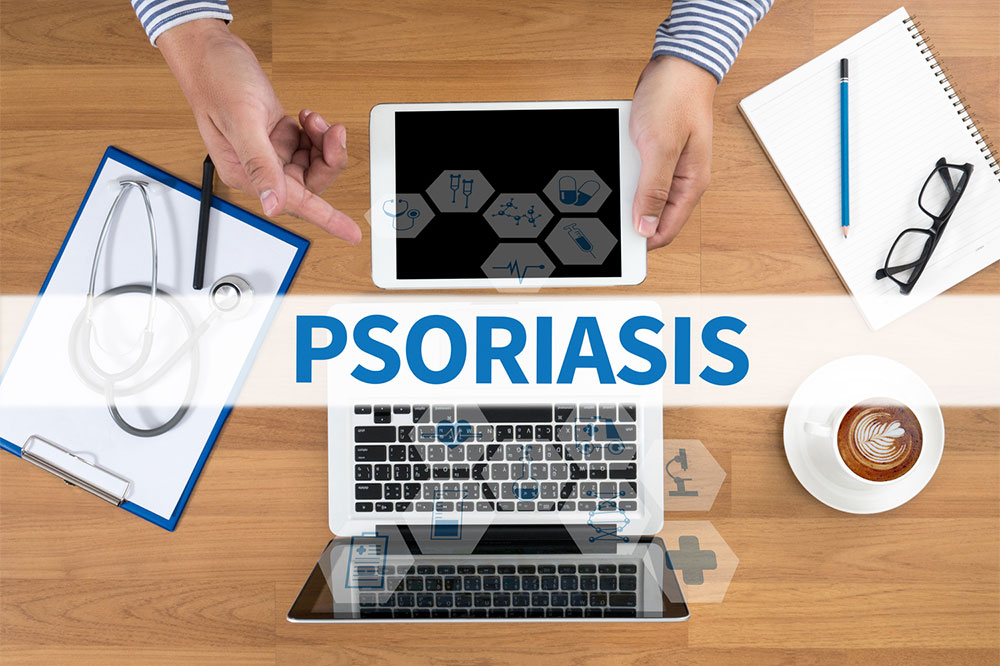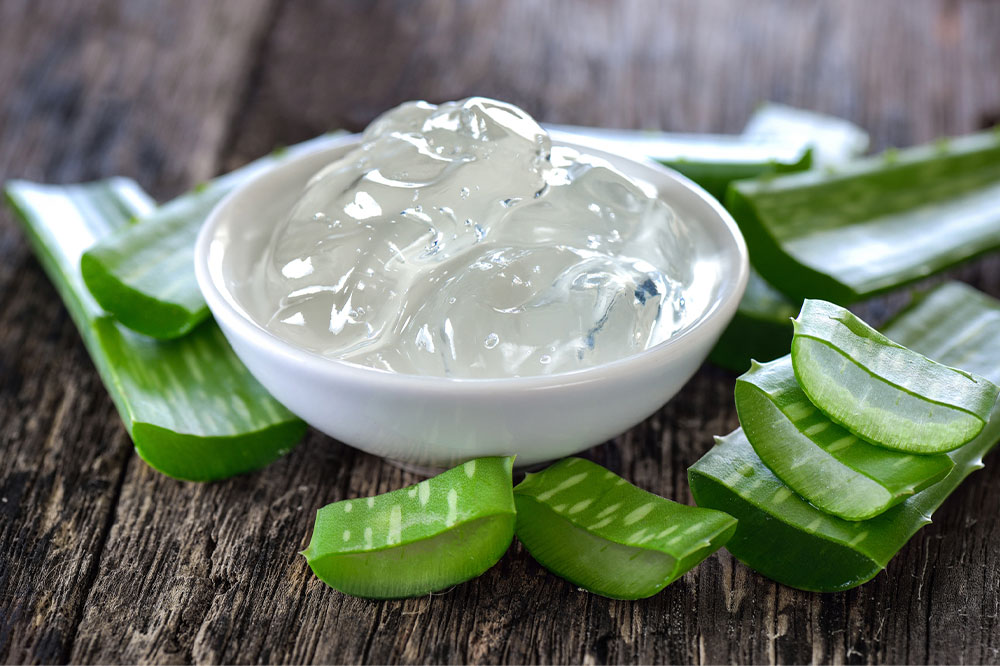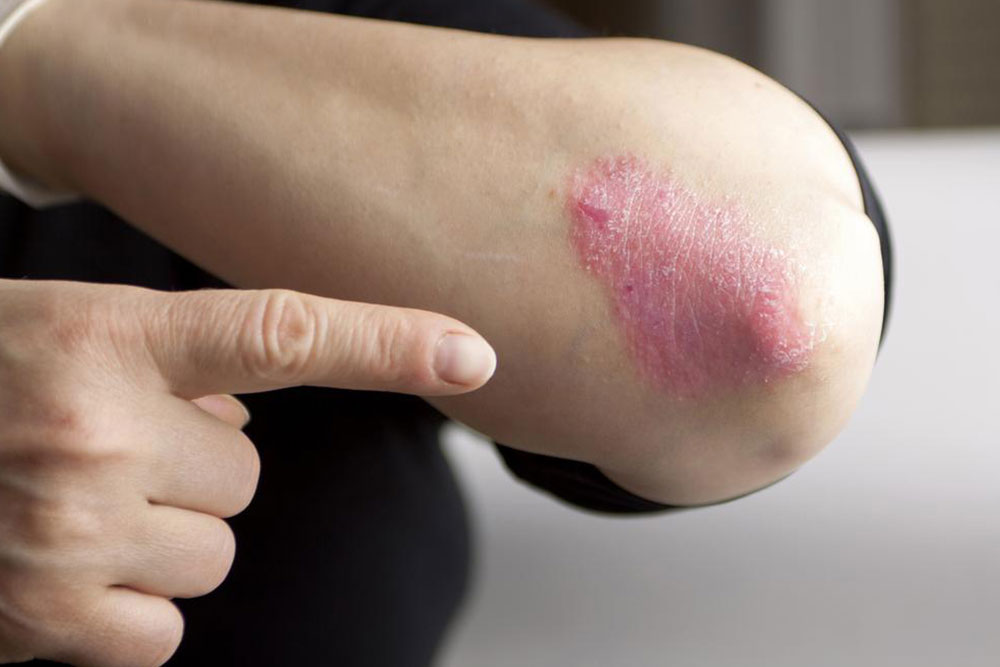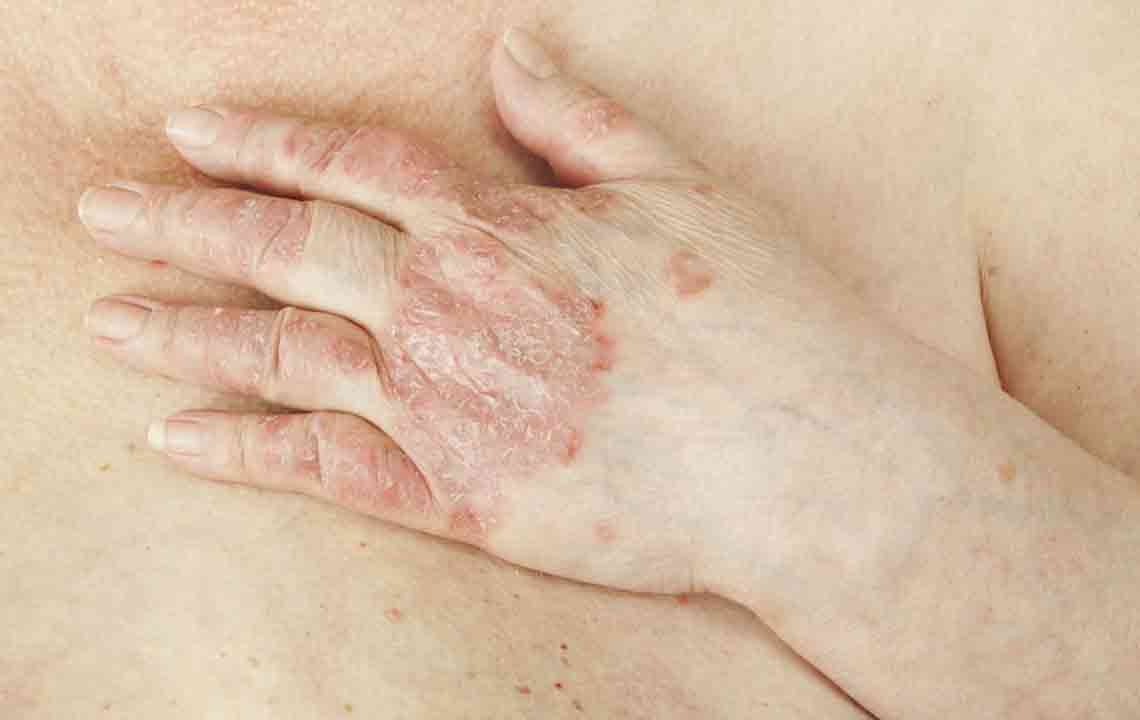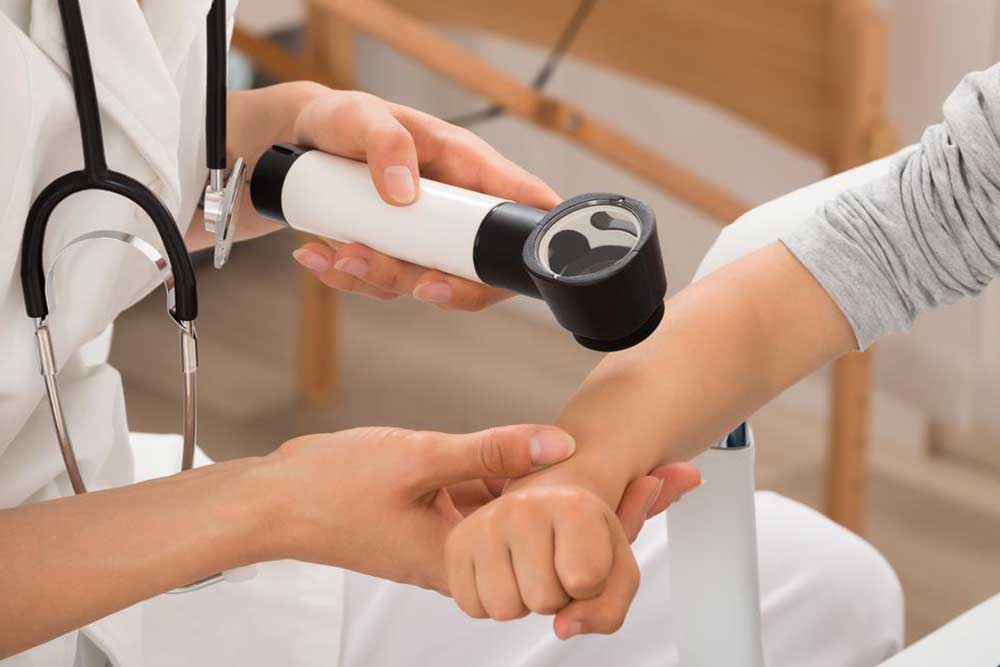Identifying the Symptoms of Psoriasis
Learn about the various symptoms and forms of psoriasis, including plaque, guttate, inverse, and pustular variants. Understand how psoriasis differs from eczema and discover the importance of consulting a dermatologist for proper diagnosis and treatment. This comprehensive overview helps differentiate skin conditions and highlights associated health risks, emphasizing the need for professional medical advice for effective management.
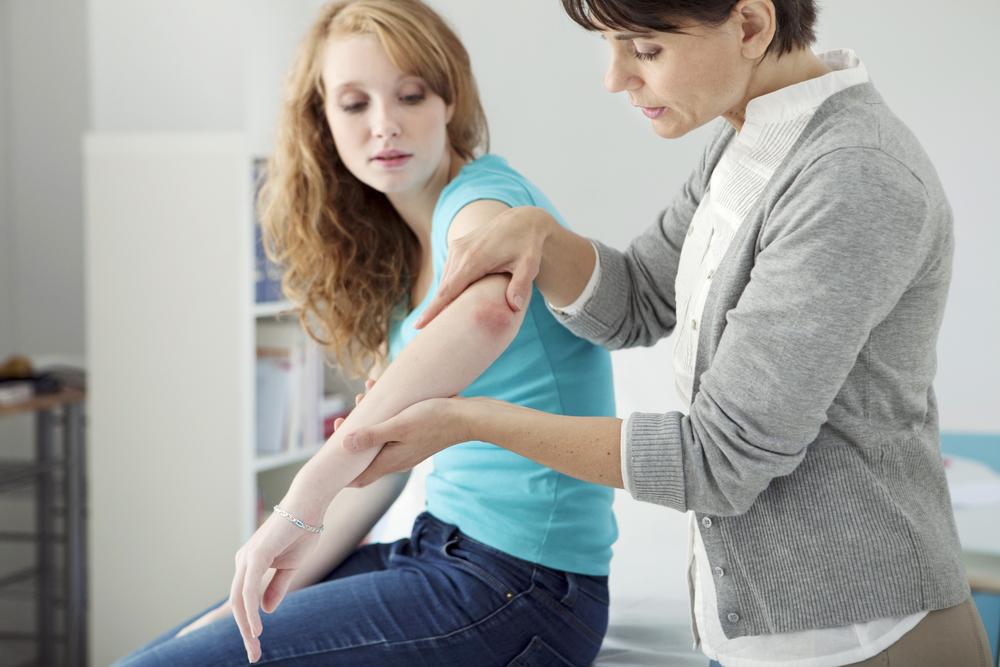
Understanding Psoriasis Symptoms
Psoriasis is a persistent skin disorder characterized by the development of thickened, scaly patches on the skin. These dry flakes form due to a rapid increase in skin cell turnover, triggered by inflammatory chemicals released by T-lymphocytes, a type of white blood cell. Typically affecting areas such as elbows, knees, and the scalp, psoriasis severity can range from small, mild patches to widespread inflamed and thickened skin covering large body areas. It affects all genders and ages, but is most often diagnosed in early adulthood.
Recent research indicates psoriasis sufferers are at higher risk for diabetes, heart conditions, and elevated blood lipid levels.
How Psoriasis Differs from Eczema
Eczema, or atopic dermatitis, presents as red, inflamed, cracked, and sometimes blistered or pus-filled skin. While both conditions involve skin inflammation, psoriasis results in thickened skin layers that cause intense itching over long-term periods.
Various Forms of Psoriasis and Their Signs:
Plaque Psoriasis
It is the most common form, producing red, inflamed patches with silvery scales, mainly on elbows, scalp, and lower back.
Guttate Psoriasis
Characterized by small, drop-shaped spots, often triggered by infections, injuries, or certain medications, primarily affecting children and young adults.
Inverse Psoriasis
Appears in skin folds like underarms, groin, and navel, presenting as smooth, shiny, red patches without scales.
Pustular Psoriasis
Shows as yellowish blisters filled with pus on areas like hands and feet, beginning with redness, pustules, and scaling.
Palmoplantar Psoriasis
Causes thick, scaly patches on palms and soles.
Erythrodermic Psoriasis
Involves widespread redness affecting most of the skin, increasing risks of heart complications and fluid loss, leading to severe conditions.
Nail and Scalp Psoriasis
Leads to yellowed, pitted nails and scalp lesions causing hair loss, itching, and dandruff.
Psoriatic Arthritis
Features joint inflammation alongside skin symptoms, mostly affecting individuals aged 30–50.
For accurate diagnosis and treatment, consulting a dermatologist is essential, as they can recommend appropriate therapies based on specific symptoms.

